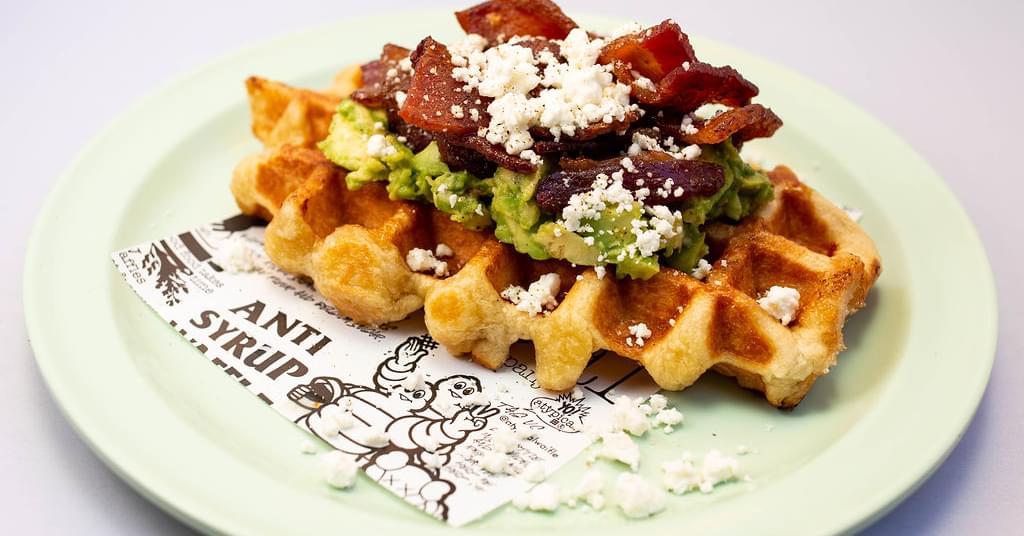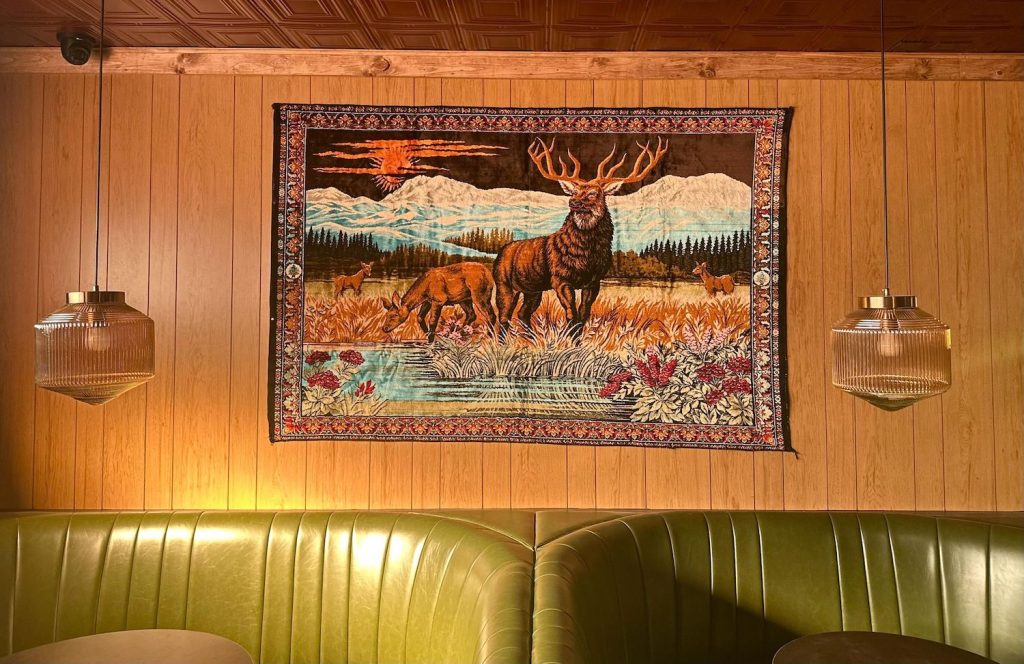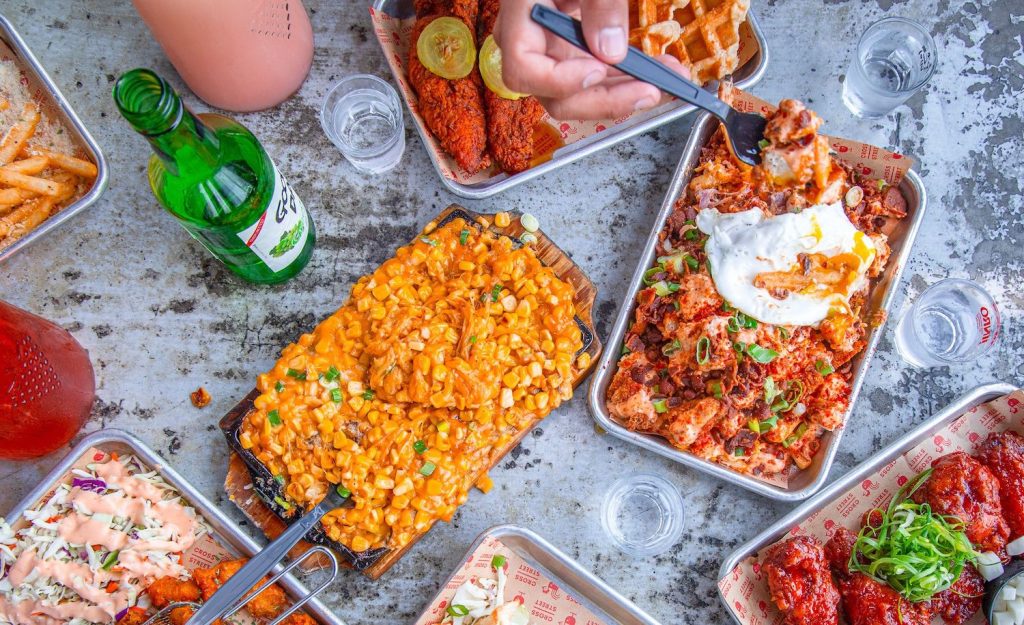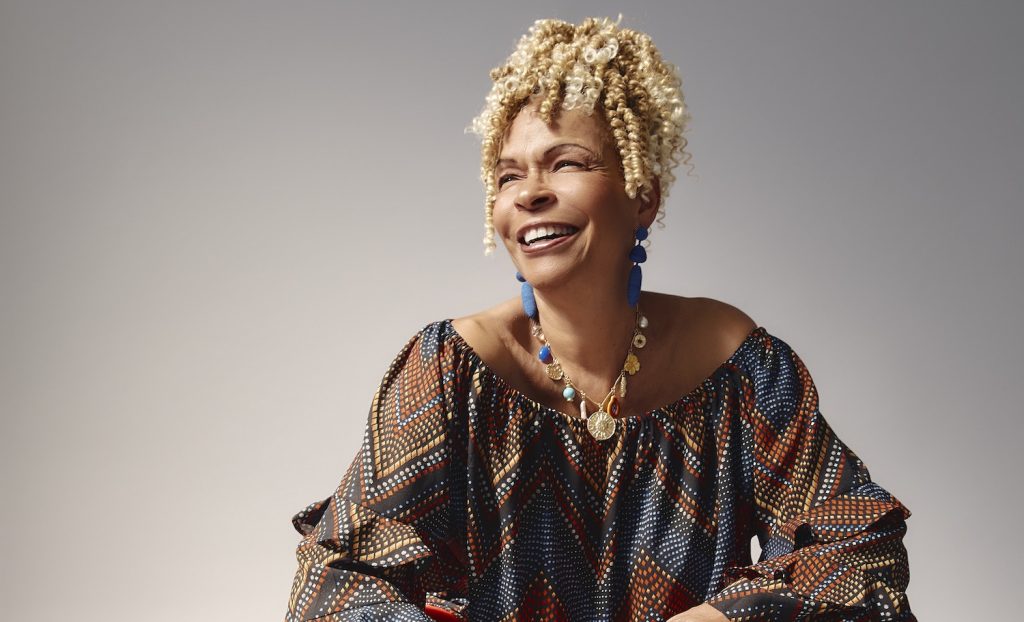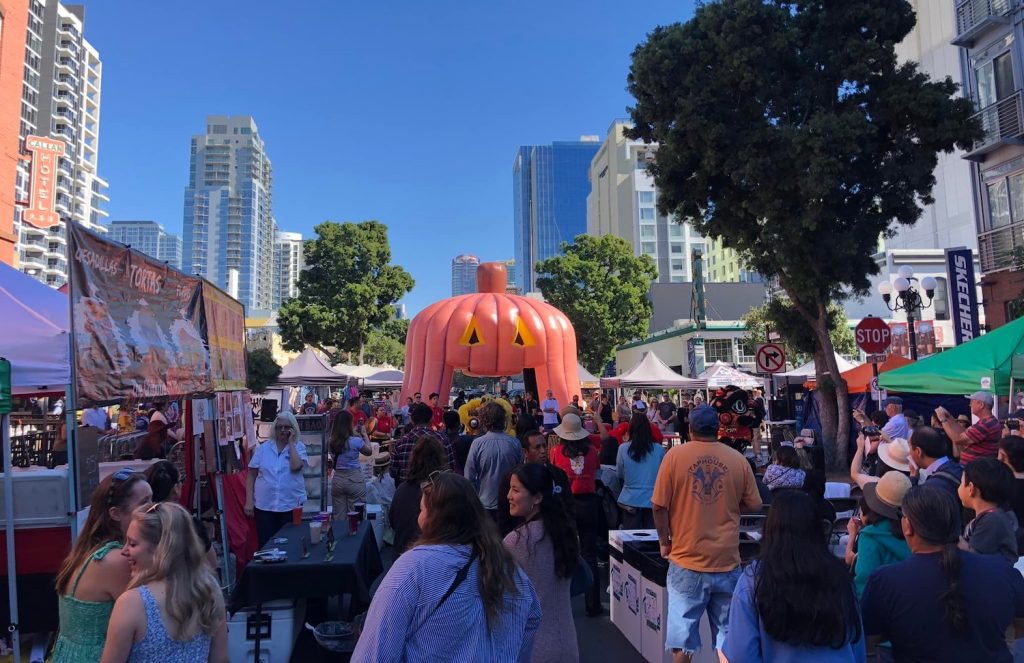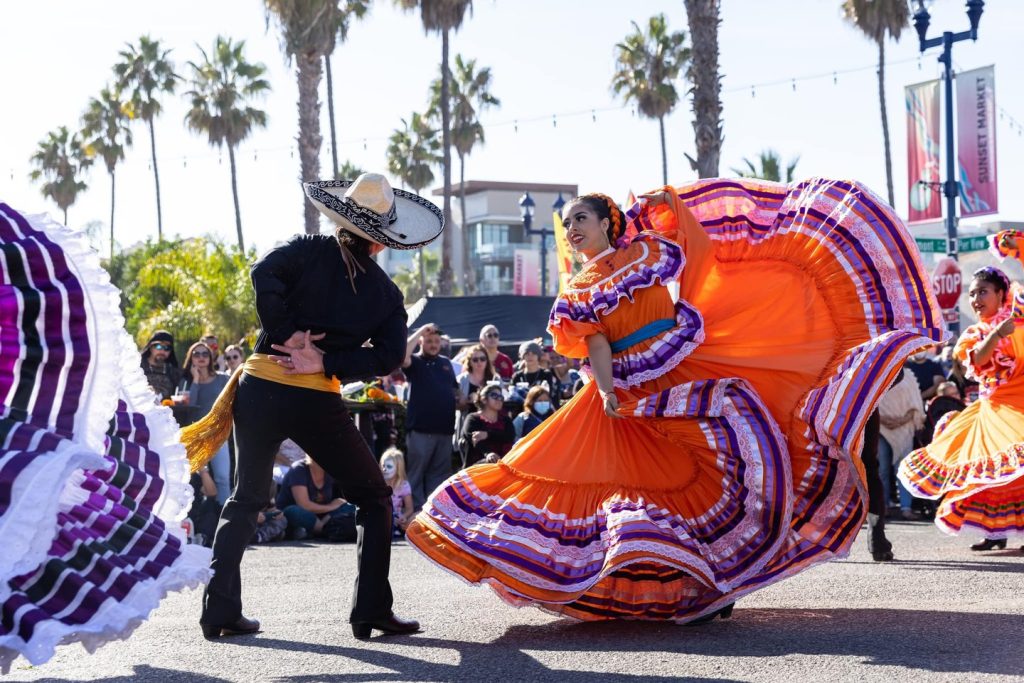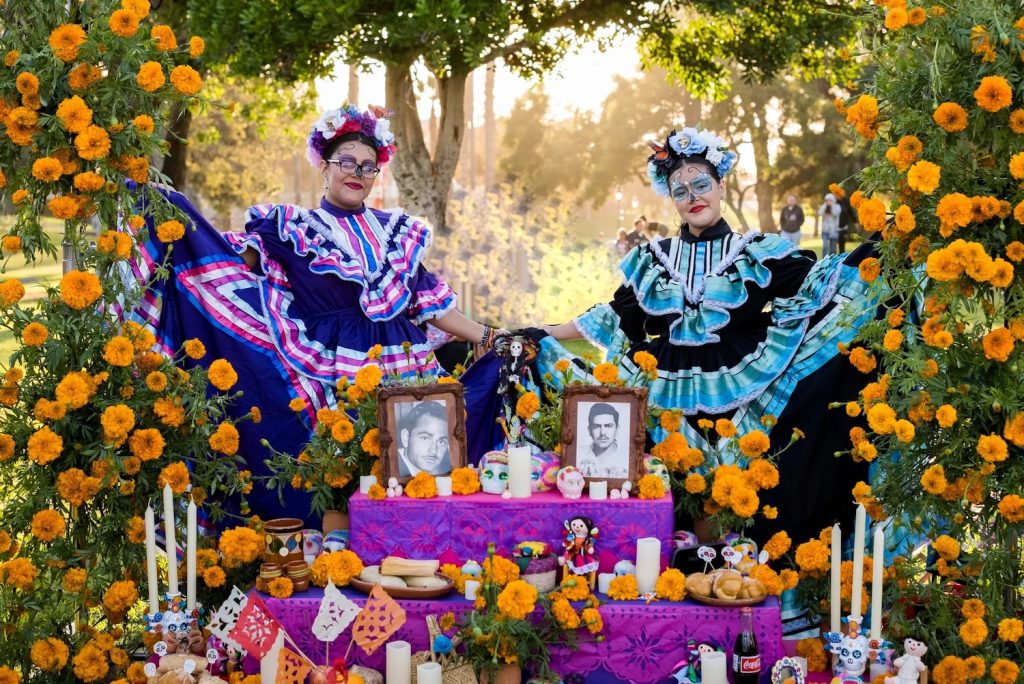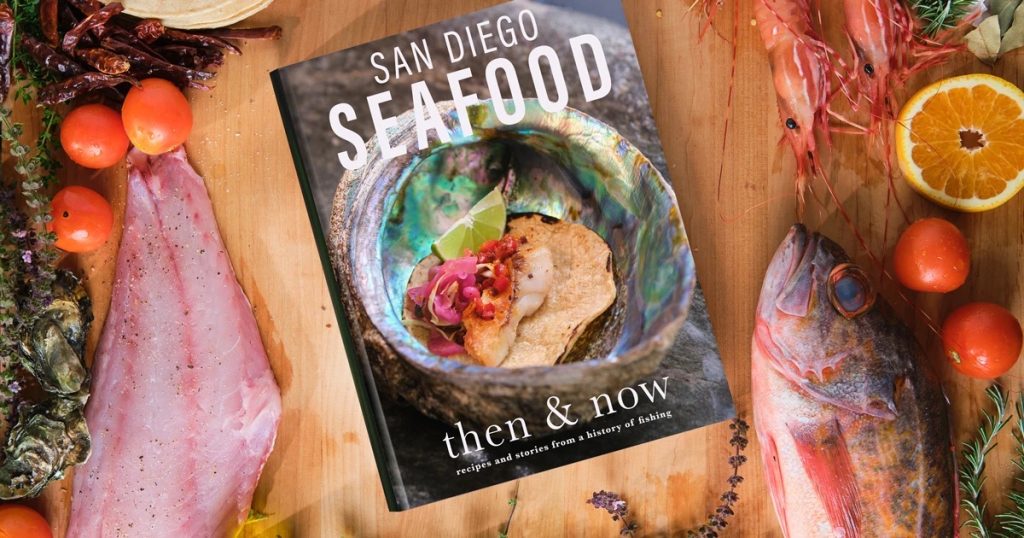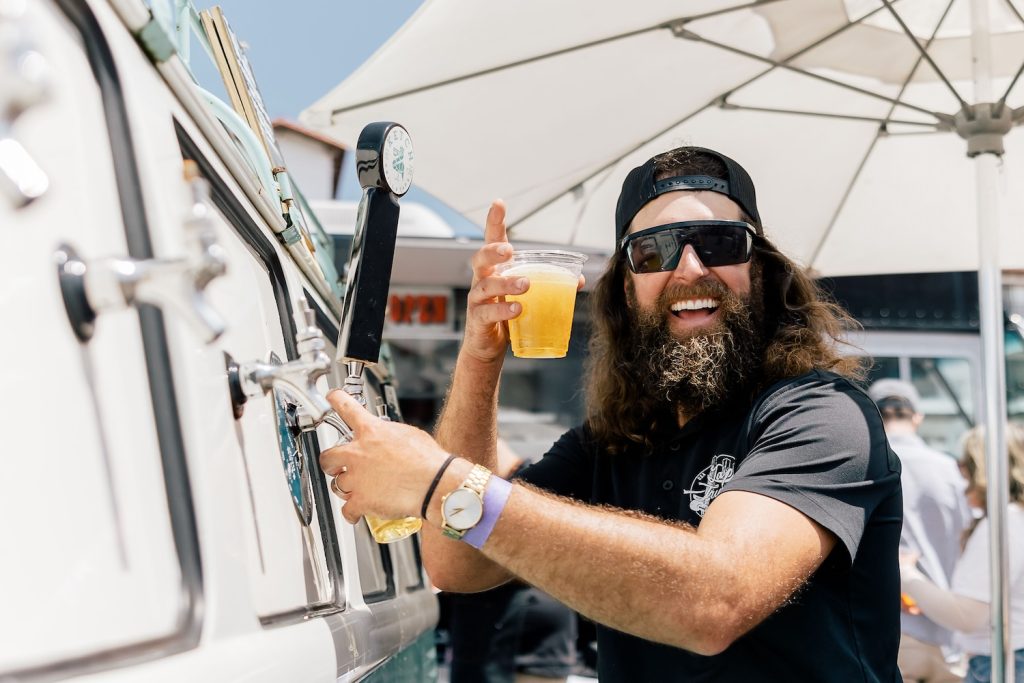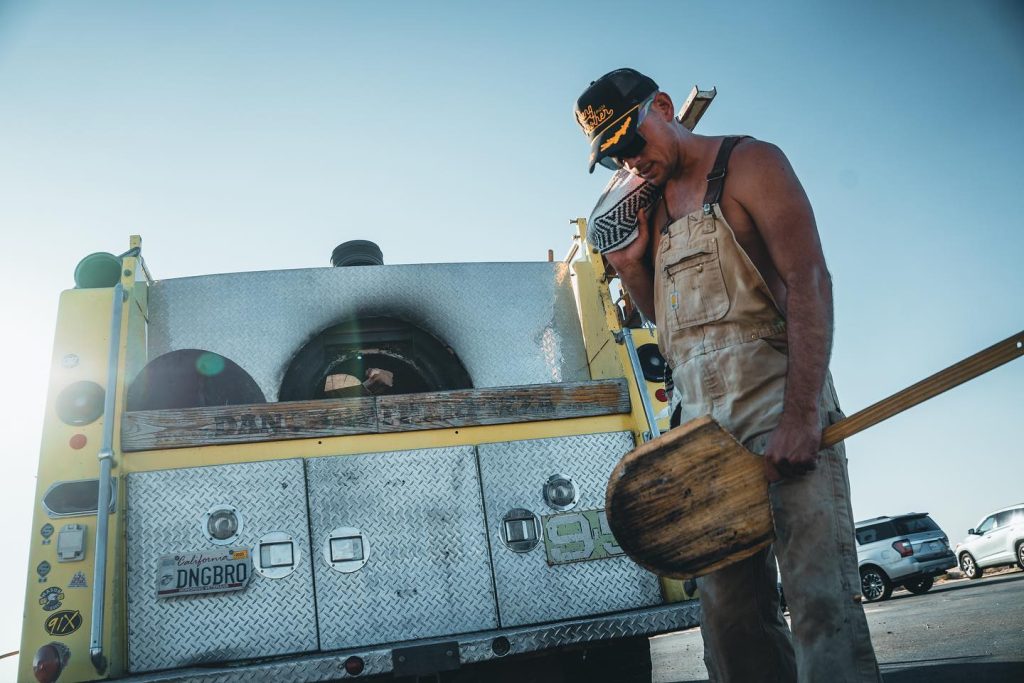The chef wasn’t there. And it was great.
Actually, the chefs were at the new “Chef’s Tasting Menu” for Juniper & Ivy, which happens every Thursday. But it wasn’t the chef that people associate with one of San Diego’s hottest restaurants. Chef-partner Richard Blais was on the road.
The not-dirty-at-all secret about many of the top restaurants in America is that the head chef doesn’t do a bulk of the cooking. Sure, some do. I was recently at Le Pigeon in Portland and James Beard Award-winning chef Gabriel Rucker was right there in his tiny kitchen, cooking his ass off. But many, many chefs at top restaurants build a support system of talented chefs, then trust them to do a good job cooking while they tend to the bigger picture of menu creation, taste-testing, teaching, quality control, business admin, public relations, sourcing food, hiring, firing, etc. If the kitchen were a construction site, the head chef would be the architect, foreman and ribbon-cutting mayor.
To be clear, Blais is at Juniper & Ivy often. And I’m sure he’ll be present at many of these Tasting Menus. But the fact that J&I performs well without him is a significant point.
At our tasting, executive chef Jon Sloan was on hand. But even he wasn’t doing a bulk of the cooking. He ran the show. And it’s a fascinating show. For the tasting menu all guests sit at the kitchen counter, directly in front of Sloan. You get to watch him monitor incoming orders from the dining room, shout orders to his kitchen staff, quality control dishes, trade one-liners with servers, fine-tune presentation before dishes go out to the tables. From the front row seat, you see the flare-ups on the grill, the bent cookingware being thrown around, cooks finishing sauces and grilling snow peas on the flat-top, and hear the coffee-fueled sarcasm of professional cook life.
Sloan isn’t sitting idle. He’s controlling traffic. He’s coaching. He’s setting the right fires under the right asses. He’s placing garnishes and tiny flowers just-so on plates. He’s saucing. He’s wiping plates of excess sauce. Those sorts of things might sound precious, but they’re also the difference between a plate that “looks pretty good” and one that makes people ooh, ahh and Instagram. You eat with your eyes first. Details are the difference between good and great.
“These tasting menus aren’t about me,” he said. “This is about those guys over there. Most of them aren’t even on the clock. They come in on their off-time because they love to do it.”
He pointed to an area of the kitchen where chef de cuisine Anthony Wells and a group of young chefs were obsessing over—and actually cooking—our meal. Wells is a 27-year-old chef who’s put in time at some of the country’s top restaurants, like Thomas Keller’s Per Se and Meadowood in Napa. The tasting menu at J&I was created for those chefs. It rewards emerging talent. It gives some creative expression to the names not on the marquee.
J&I is obviously not a boring restaurant with a static menu. But in any restaurant, lots of nights they have to play their hits. Tasting menus are free jazz.
Ours was a phenomenal tasting—10 courses with a few “bites” in between. We had bread made of dehydrated beet flour, spread with pastrami butter. There was an orange gazpacho flavored with Thai basil, poured into a bowl with local uni, cubes of brioche and kohlrabi (a mind-blowingly good dish). The lamb tartare with artichoke puree and local dried apricots was delicious. The rabbit trio—loin, sausage and liver agnolotti—in a foie gras reduction was exceptional. The meal ended with a house-made “Oreo”—made with pig’s blood ice cream. It tasted delicious, the only hint of blood being the “tinny” iron flavor.
If there was one complaint, it’s one I’ve had with tasting menus in the past. Fatigue. Yeah, first world problems, I know. But one of our “snacks” is a morel mushroom stuffed with burrata alongside a guacamole foam. It’s delicious, but also filling. Add that to the other bite of a peahen egg yolk over smoked salmon, and that’s a lot of rich food that makes it hard to get to the finish line without growing another stomach.
J&I just hired one of the top bartenders in San Diego, Eric Johnson, who paired a ginger-based cocktail to start. Tami Wong, recently named Wine & Spirits magazine’s “Best New Sommlier,” selected wines for each course (a great 2012 Weingut Knoll Loibner Federspiel Gruner Veltliner with yellowtail, plus a few Kermit Lynch standouts like the Domaine du Joncier Lirac Le Classique Syrah-Grenache blend).
Would it be phenomenal if Blais was standing in front of us, cooking all 10 courses himself? Of course. He’s one of the country’s best. But professional kitchens contain more than one talented chef. And big, successful restaurants like Juniper & Ivy (or George’s or Searsucker, for that matter) contain lots of them. These restaurants can either give chefs like Wells nights like “Chef’s Tasting Menu” to grow, create and show off, or they can let them play third fiddle night after night. The first option probably leads to more happiness and longevity.
Point is, there’s a misconception that the food suffers if “name” chefs like Blais, William Bradley, Trey Foshee, Carl Schroeder, Brian Malarkey or Jason Knibb don’t physically touch every part of the meal themselves.
The truth is, they rarely do. And as long as there’s talent behind them, that’s perfectly OK, even perfectly great.

Orange gazpacho with uni, brioche, kohlrabi and Thai basil.
Photo by Chef Anthony Wells
